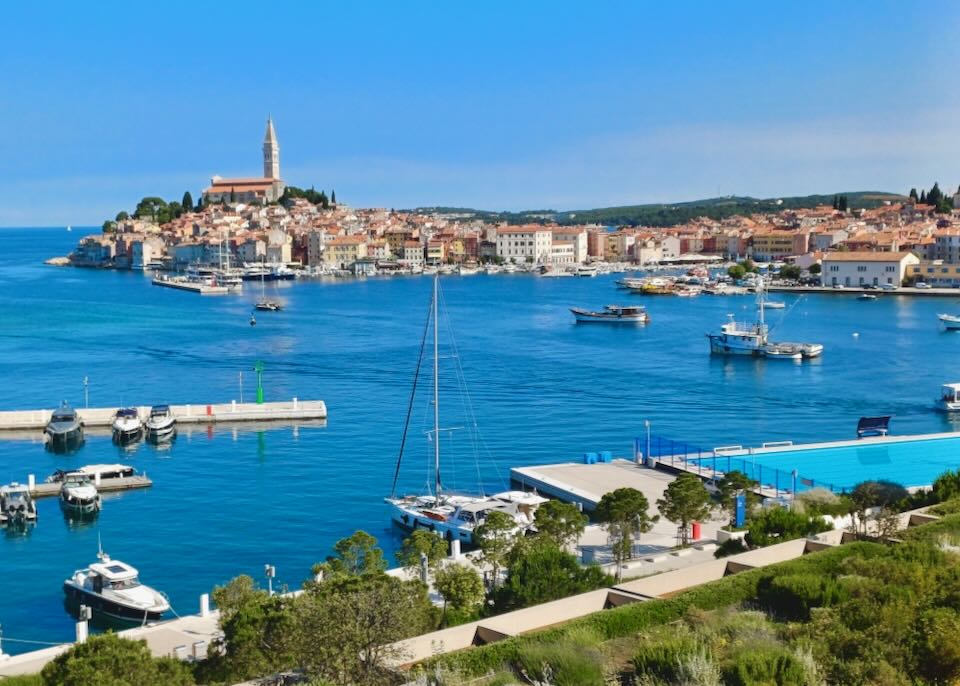
Our view of the Old Town in Rovinj from the Grand Park Hotel, our favorite hotel with views.
The Best Areas to Stay in Istria
Istria has it all: magical Old Towns with narrow laneways of pastel-colored buildings housing inviting shops and classy hotels, historic churches, Venetian history, seaside markets, and boat trips for island-hopping, snorkeling, or dolphin-spotting. There are also seemingly endless cafés for sipping coffee and people watching, bustling marinas where fishing boats bring in the evening’s meals, and scenic, wide pebble beaches.
Istria’s compact V-shaped peninsula offers as much to see, do, and admire as Split, Dubrovnik, and the more popular islands further along the Croatian coast, but it doesn’t attract massive crowds. The region is easy to to day trip from and get around by bus. What’s more, prices for everything – including 5-star beach resorts – are considerably lower than in any other coastal region in Croatia.
Istria Towns
Many arrive through the only regional airport at Pula, so it makes some sense to limit overland travel and be based there. Istria’s largest town is home to the region’s most magnificent relic: an extraordinary amphitheater called Arena. Elsewhere, the history of Pula is evident from the gates, squares, and museums to the extended cobblestoned laneways twisting around the Old Town.
Rovinj is the jewel in the Istrian crown. Once an island, the majestic setting of the Old Town with its hilltop church, packed marina, cafés, and waterside markets would impress even the most jaded traveler. An ideal base for exploring the peninsula, the Old Town is filled with boutique hotels, while spacious resorts cluster around a nearby beach.
Less affected by mass tourism than other places, Poreč is a likable town with wide boulevards ideal for cycling. It’s also quiet and a great value, and the Old Town is compact yet spacious, fascinating, traffic-free, and flat. Visitors can stay in fabulous boutique hotels, take exciting boat trips, day trips elsewhere, or stroll around the extended parks.
Novigrad may sound a bit Soviet-era boring, but this underrated town is our favorite spot in Istria. Fishing boats bringing in fresh seafood and pastel-colored cafés line the charming marina. Families would undoubtedly appreciate the spacious, affordable, and child-friendly resorts within a few minutes’ walk.
Umag is the least impressive of the five main towns in Istria. However, it is still worth visiting if only because it’s quiet, inexpensive, and a gateway between Croatia and Slovenia. Almost everyone stays at one of the massive family-focused resorts a few kilometers north, so the rest of Umag is quiet.
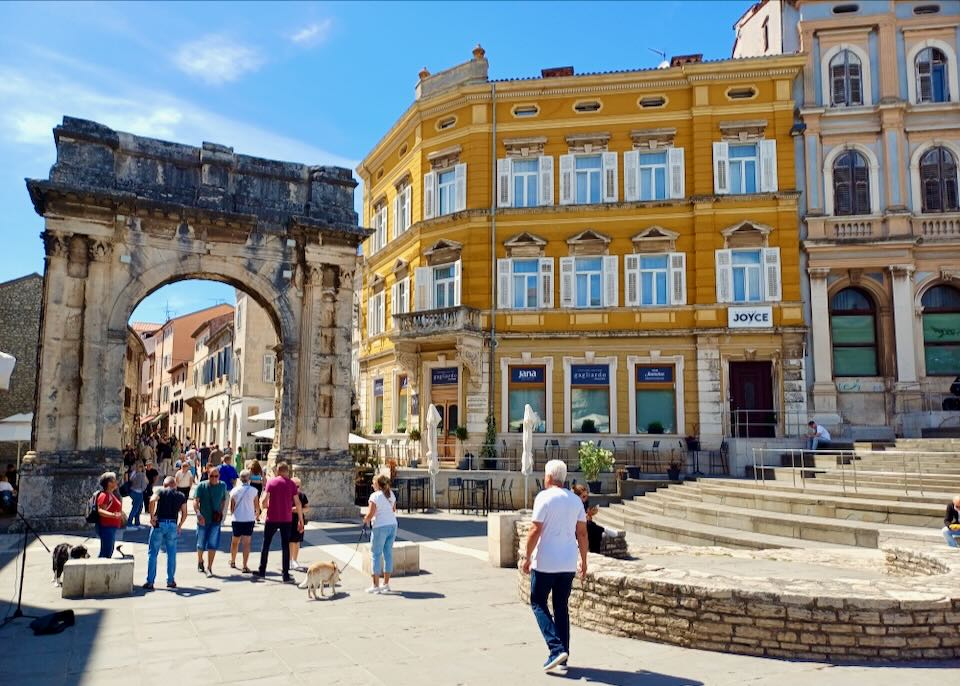
The Arch of the Sergians next to the Joyce Hotel in Pula.
The Best Places to Stay in Istria
- Best Luxury Hotels & Resorts in Istria
Grand Brioni • Grand Park • Rocca Riviera • Lone • Monte Mulini • Martis Forum Heritage • Cittar- Best Boutique Hotels in Istria
Adriatic • Angelo d’Oro • Palazzo Rainis • Joyce • Amfiteater • Dua Residence- Best New Hotels in Istria
Martis Forum Heritage • Palazzo Rainis • del Mar Emotion • Dua Residence- Best Cheap/Midrange Hotels in Istria
Villa Cittar • La Rossa • Delfin • Flores • Hotel Poreč • Galija- Best Hotels for Families in Istria
Aminess Maestral • Grand Park • Brioni • Park Plaza Arena • Hotel Umag • Garden Suites • Aminess Laguna- Best Hotels for Couples in Istria
Rivalmare • Blu Mare • Cittar • Adriatic • Martis Forum Heritage • Angelo d’Oro • Monvidal Residence • AmfiteaterBest Areas in Istria for…
- Best Area in Istria for First-Time Visitors: Novigrad
Pula and Rovinj can get busy. Pula is the regional transport hub and has the Arena amphitheater, a historic attraction, and Rovinj is so trendy. While it does make sense to base yourself in Pula, simply for the ease of transport across the region by bus, Novigrad is compact, quiet, and generally less affected by mass tourism, so finding a hotel is easier, and prices for accommodations and food are lower. This lovely town is also well positioned for day trips by bus to Umag and Poreč and is an ideal gateway for travel between Croatia and Slovenia. Furthermore, the bus station is convenient, the Old Town is charming, and most visitors staying at the Aminess resorts (just a few minutes walk from the Old Town) rarely venture elsewhere.- Best Area in Istria for Sightseeing: Pula
For many, the main attractions in this part of Croatia are the lovely Old Towns and boat trips to the islands. All this, and more, can be enjoyed at Pula, Rovinj, Poreč, Novigrad, and Umag. What makes Pula the ideal base for sightseeing is its easy access by plane and bus and the incredible amphitheater, which is designed like the Coliseum in Rome but called the Arena.The Arena ancient amphitheater.
Elsewhere, the narrow, cobblestone pedestrian lanes meander through Pula’s Old Town past ancient gates, old-fashioned plazas, and historic churches. From the marina, boat trips – especially to the remarkable Brunji National Park – are easy to arrange and competitively priced. Luxury resorts overlooking pebble beaches sit on lovely, shaded headland linked to by bus. If that’s not enough, frequent bus services allow easy day trips to Rovinj, home to the most impressive Old Town setting and marina imaginable.
- Best Area in Istria for History: Pula
Pula, the main town in Istria, can boast the most fascinating history anywhere between Split (Croatia) and Trieste (Italy). This is evident by the remarkable Arena amphitheater. It’s the best preserved Roman-era monument in Croatia and one of the largest remaining (and still functioning) arenas anywhere in Europe. Try to visit a few times and look out for concerts and other performances during summer (June to September).The Archaeological Museum Pula.
Other relics can be admired from times of occupation by the Romans, Byzantines, Venetians, and more recently, the Austria-Hungarian Empire and Yugoslavia. See the Gate of Hercules, various churches and temples (some 1,000 years old), and the more recently built cathedral and bell tower at the main square. From the tourist office, history buffs may want to pick up maps/brochures detailing special walking tours and visit the Archaeological Museum Pula and the underground tunnel complex at Zerostrasse.
We stopped at the tourist office in Pula.
The Cathedral at the main square in Pula.
- Best Area in Istria for Vibe: Poreč
Poreč is laidback, quiet and likable. By rented bike, visitors can explore the town along wide streets and paths through extended parklands and stroll around the colorful and spacious Old Town, where there’s no traffic and minimal people. Locals seem to take great pride in their town, which adds further appeal. Although there is plenty to see and do (boat trips, museums, the Euphrasian Basilica church), Poreč is also somewhere to chill out while observing a slice of Croatian life unaffected by mass tourism.The Euphrasian Basilica in Poreč.
- Best Area in Istria for Nightlife: Pula
This part of Croatia doesn’t attract cruise-liner crowds or backpacker groups like Split or Hvar Island. Most visitors to Istria are aged 40+, often retirees, arriving by car, private boats, or bus from around the region. Nightlife is very tame, so maybe wait until you visit Hvar, Split, or Dubrovnik for a big night out. Locals and visitors are happy just sipping wine or coffee while devouring fresh squid or tasty pizzas at a café along one of many lanes or wide-open plazas. Pula can offer a few other things to do after dark, like a cinema or nightclub for young people, but only because it’s the largest town in Istria.- Best Area in Istria for Beaches: Novigad
There are no natural sandy beaches in this region. There are rocky outcrops or ladders into the sea from concrete platforms or roped-off swimming areas from pebble beaches. Major resorts commandeer anything resembling a beach in or around the major towns, but all beaches are open to the public. The beaches at Pula and Rovinj are rocky.The beach at Novigrad.
The nicest and most convenient places to swim and sunbathe are in Novigrad. From the town center, an extended walking/cycling path stretches through shaded parklands to pebble beaches within the huge and semi-forested area occupied by the Aminess family-oriented resorts and campgrounds. Lounge chairs, water sports kiosks, and beach bars pepper the rocky coves. Get there early, and you may have most of the beach to yourself – at least until the buffet breakfast finishes at the resorts.
- Best Area in Istria for Boat Trips: Poreč
All five places listed here (Pula, Rovinj, Poreč, Novigrad, and Umag) are tourist-oriented towns based around a marina, so boat trips are always offered – especially during the peak season (June to September). Popular trips include the usual island hopping, especially the magnificent Brunji National Park (best from Pula), and more specialized trips such as snorkeling, fishing, and dolphin spotting.Underwater viewing boat in Poreč.
In the lovely town of Poreč, they offer submarine-shaped glass-bottom boats for admiring marine life. So many operators are selling boat trips along the pretty marina at Poreč that prices are competitive, and vessels are likely to be less than full, providing a more relaxed and comfortable outing.
- Best Area in Istria for Restaurants: Novigrad
It almost seems that every square inch of a promenade or plaza is occupied by cafés – some only serving drinks, while others offer fresh seafood and authentic pasta (especially with the Italian influence throughout the region).We had dinner overlooking the sea in Novigrad.
The settings and ambience will be memorable, especially at (crowded) places like the marina at the southeast side of the spectacular Old Town at Rovinj. But we especially love the cafes facing the marina and around the spacious, shaded plazas in the Old Town at Novigrad. These are just as photogenic as elsewhere, and the menus just as extensive, but in Novigrad, prices are far lower and crowds far smaller, so finding a table is easy, and service is more personalized. The cafés are quietly distant from traffic and attached to colorful buildings.
- Best Area in Istria Without a Car: Pula
Because Istria is so accessible and less crowded, many visitors from the region arrive by car. Parking is rarely a problem in any of the towns – except in the older parts. By air, most come through the only regional airport at Pula, although Umag and Novigrad are probably more convenient to the much larger airport at Trieste (Italy). Pula also has the largest bus station on the peninsula, offering frequent services throughout Croatia and beyond and to Rovinj just up the coast. However, there are far fewer buses to/from Poreč, Novigrad, and Umag (maybe only once daily and not on weekends).- Best Area in Istria for Transport: Pula
Pula is easily the largest town in Istria and the best option for transport by bus. Also, from the small and very low-key airport, there are flights to Zagreb, Split, and Dubrovnik most days and a few direct services to cities in France, the UK, and Germany during the busier tourist months (May to October). It may be worth using the far larger airport in Trieste (Italy), which is connected several times a day by bus to Pula (but not always via other towns along the Istrian coast).The bus to Verudela from Pula.
- Best Areas in Istria for Families: Novigrad and Umag
The beach resorts at Novigrad and Umag are all about the children. Resorts there are spacious, shaded, and an excellent value compared to those in Western Europe and the US. Nearby (but only accessible by private car) are various theme parks: Aquapark Istralandia, Motodrom Poreč for go-karts, and Adventure Park Sky Fox.Water fun around the Aminess Maestral resorts area.
Istria offers beaches and water sports at Pula, Rovinj, Novigrad, and Umag. It’s also easy to get around the region by bus, on foot, and by renting a bicycle. Some resorts cater to families with special rooms, packaged deals, activities, and facilities like trampolines, bike rentals, swimming pools, playgrounds, beach volleyball, and tennis courts. Some are within walking distance of downtown Rovinj, Novigrad, or Umag (and by bus from Pula). The resort enclaves at Pula and Rovinj have more of an adults-only vibe.
- Best Area in Istria for Couples: Novigrad
This part of Croatia is especially ideal for a romantic getaway. Imagine majestic Old Towns with narrow, cobblestoned laneways and wide-open plazas; abundant cafés serving delicious seafood and wine; historic churches and other relics to explore; boat trips to isolated islands; attractive marinas; and adorable boutique hotels. Choosing the optimal base for an intimate holiday is difficult: Pula is best for transport, Rovinj has terrific beaches, and Poreč offers enticing boat trips. However, Novigrad offers all these attractions but without the crowds. Most visitors to Novigrad base themselves – and rarely stray far from – the beach resort area is nearby, so the town center is quiet and enjoyable while visiting colorful cafes, using cycling/walking paths, exploring spacious gardens, relaxing at wide pebble beaches, and day-tripping to Poreč and Umag. Particularly romantic hotels are Blu Mare, Rivalmare Boutique Hotel, and Hotel Cittar.- Best Area in Istria on a Budget: Umag
Istria seems to attract mostly couples aged 40+ and in, the resort areas, families, so there are virtually no hostels sought by backpackers, but there is no shortage whatsoever of privately-run rooms and apartments. Accommodations outside the Old Towns and a few blocks from the marinas are generally cheaper, especially in Umag. Even the huge family-oriented resorts in Umag, about 30 minutes away on foot (or far quicker by tourist shuttle train), are an excellent value because these are entirely priced (and designed) for budget-minded tourists from across the region.
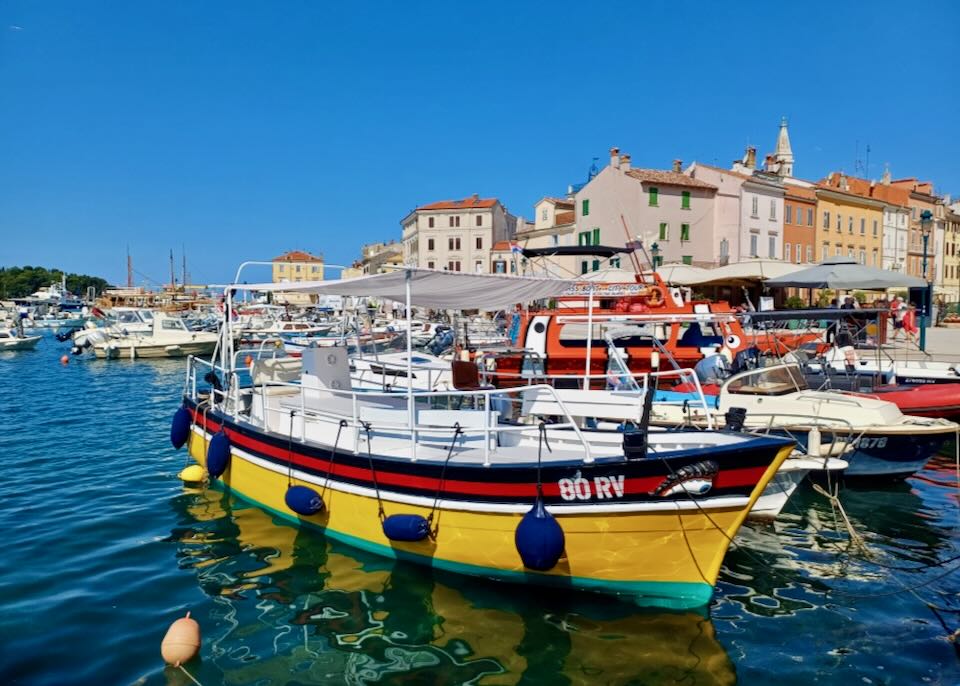
The Rovinj Old Town harbor.
The Best Areas in Istria for Tourists
Pula
The Arena amphitheater.
As the main town in Istria with frequent bus connections, an airport, and numerous attractions, Pula is an obvious base. There’s an esplanade and marina, and it’s home to one of the most extraordinary Roman-era relics in this part of Europe: an amphitheater shaped like the Coliseum in Rome called Arena. It’s alongside the Old Town, a delightful collection of meandering flat pedestrian lanes and bustling with boutiques, restaurants, and bars (some offering a modicum of nightlife). A wide plaza, historic church, or lively market may suddenly come into view while searching for a boutique hotel.
We enjoyed visiting the Duck Boutique in Pula.
We had to get some ice cream from Sereny Ice cream shop.
The other main area to stay in is Verudela, an enclave of upscale resorts clinging to the coastline and surrounded by a forest only 15 minutes away by bus. There is no sand or even pebbles on the beaches at Verudela – just rocks – and facilities outside the resorts are surprisingly sparse. Still, the area is quiet, shaded, convenient, and the perfect spot for someone visiting Istria for the first time.
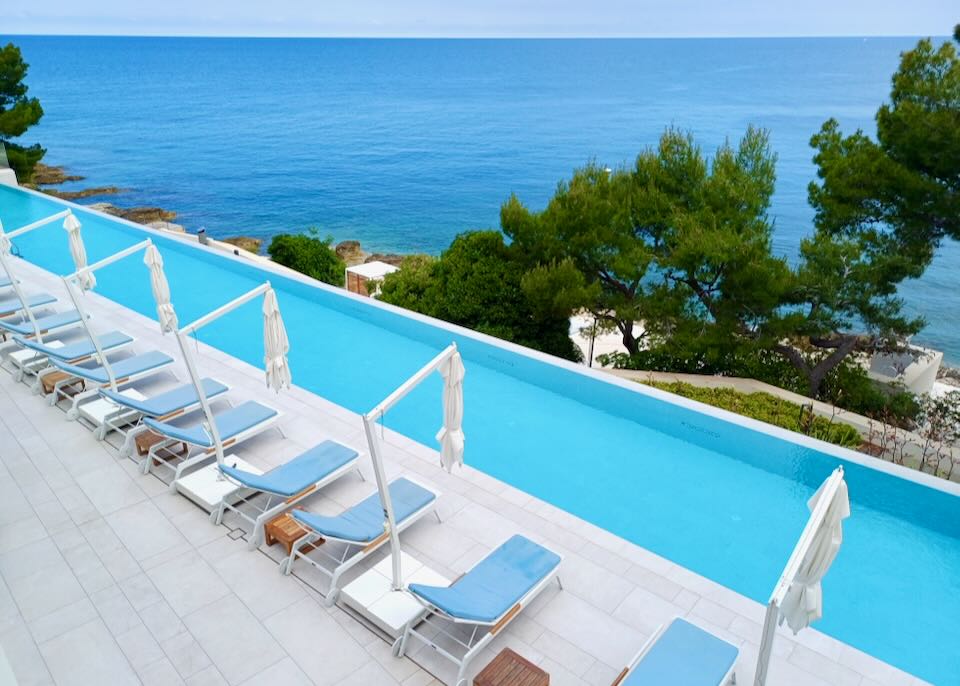
We enjoyed the pool at our favorite 5-star hotel, Grand Brioni.
- Best Luxury Hotels in Pula
Grand Brioni • Park Plaza Arena • Park Plaza Histria • Ribarksa Koliba- Best Privately-run Rooms & Apartment
Grandeur Apartments • Novak • AAA Apartments- Best Boutique Hotels
Joyce • Amfiteater • Villa Brandestini • Monvidal Residence • Scalettta- Best Cheap/Midrange Hotels
Galija • Downtown Apartments Pula • Veli Jože- Best Hotels for Families
Grand Brioni • Park Plaza ArenaRovinj
We dined at the marina in Old Town.
Only 30 minutes north of Pula (and its airport) by bus, this energetic and prosperous town boasts the most beautiful Old Town setting imaginable. Once an island, the Old Town is crowned by the extraordinary Church of St Euphemia and perched just across the water from a stunning marina.
We enjoyed the gorgeous inside of the Church of St Euphemia.
Restaurants line the walkways in Old Town Rovinj.
Rovinj is trendy, popular, and crowded, with visitors strolling around the markets and shops along the cobblestoned lanes and very narrow alleys leading to the sea. There are two distinct areas to stay: (1) the Old Town, of course, which is compact, colorful, and home to several gorgeous boutique hotels, and (2) Mulini Beach, just a 10-minute stroll from the Old Town via the marina. Resorts in this area face a rocky beach and provide fantastic views, extensive lawns, inviting playgrounds, and huge pools. Water sports, boat trips, and bike rentals are also available.
Mulini Beach.
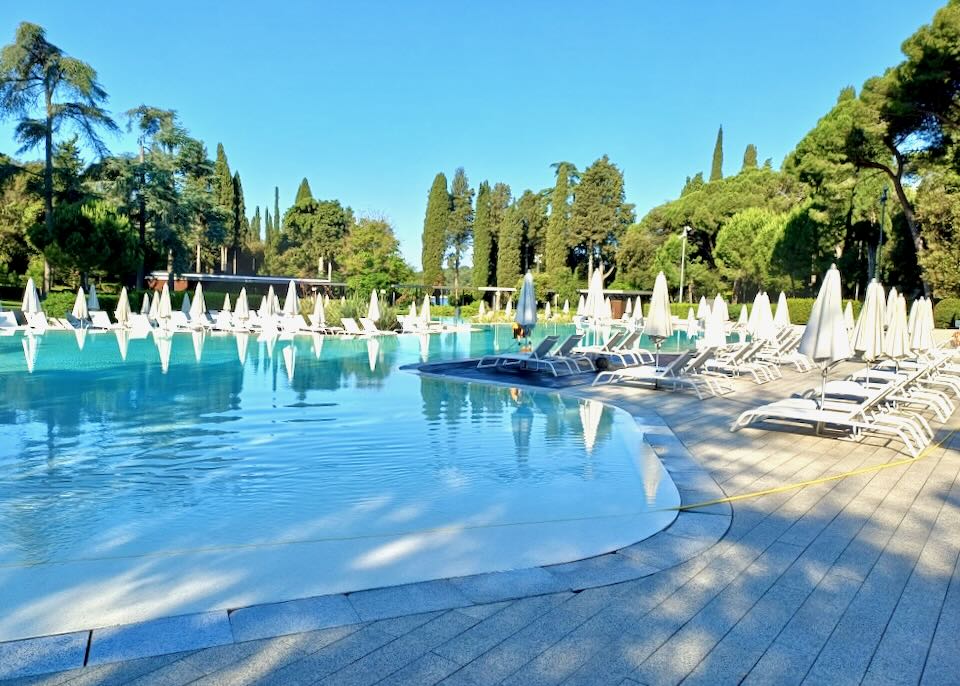
Lone offers lounge chairs by the pool surrounded by pine trees. There’s also an indoor pool and an area with lounge chairs at Mulini Beach. We rank Lone as our best hotel with a pool.
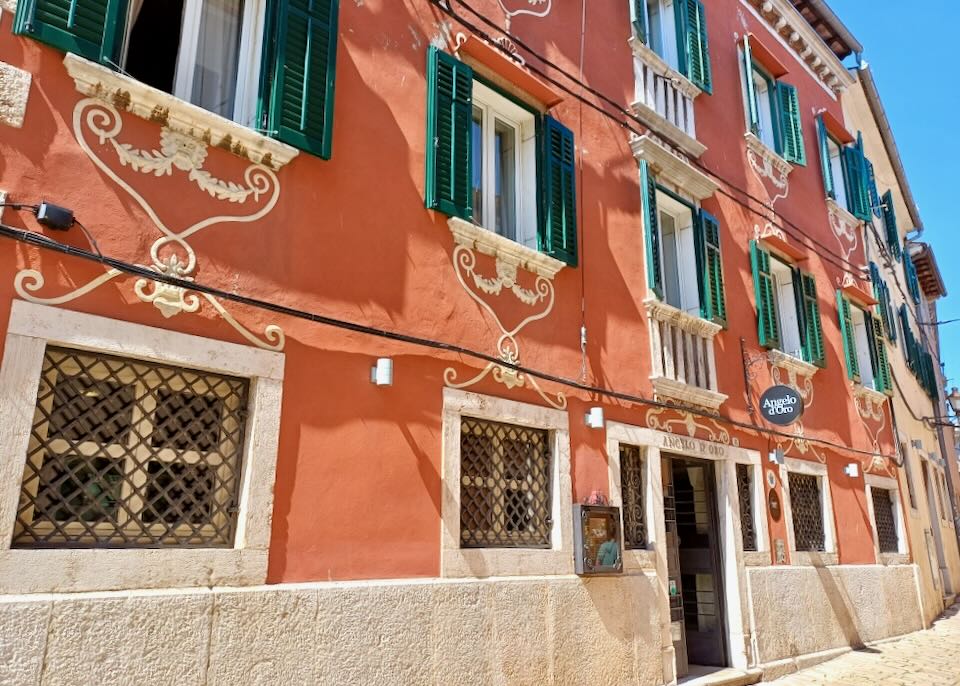
The colorful Hotel Angelo d’Oro.
- Best Luxury Hotels in Rovinj
Grand Park • Lone • Monte Mulini • Adriatic- Best Privately-run Rooms & Apartments
Apartments Vincero • Apartments Anica • Apartments Cvek- Best Boutique Hotels
Adriatic • Angelo d’Oro • The Melegran • Casa Garzotto • Villa Valdibora- Best Moderate Hotel
Delfin- Best Hotel for Families
Grand Park • Lone • DelfinPoreč
The main square in Old Town Poreč.
Poreč is the quietest and most likable town along the Istrian Coast, with an irresistible vibe less affected by mass tourism. It’s an easy day trip from Rovinj (although buses are not frequent).
Poreč is great for biking.
The flat Old Town may not seem that old, but it is compact and devoid of traffic – with wide lanes and open spaces (ideal for cycling). Fewer crowds mean lower prices for accommodations and meals. Poreč is an ideal base with an overabundance of boat trips with competitive prices for fishing, dolphin watching, and “underwater sightseeing.” Adding to the attraction are the lovely boutique hotels within the peaceful Old Town (many facing the marina) and the clean, inviting parks for sunbathing, cycling, and playing with the kids.
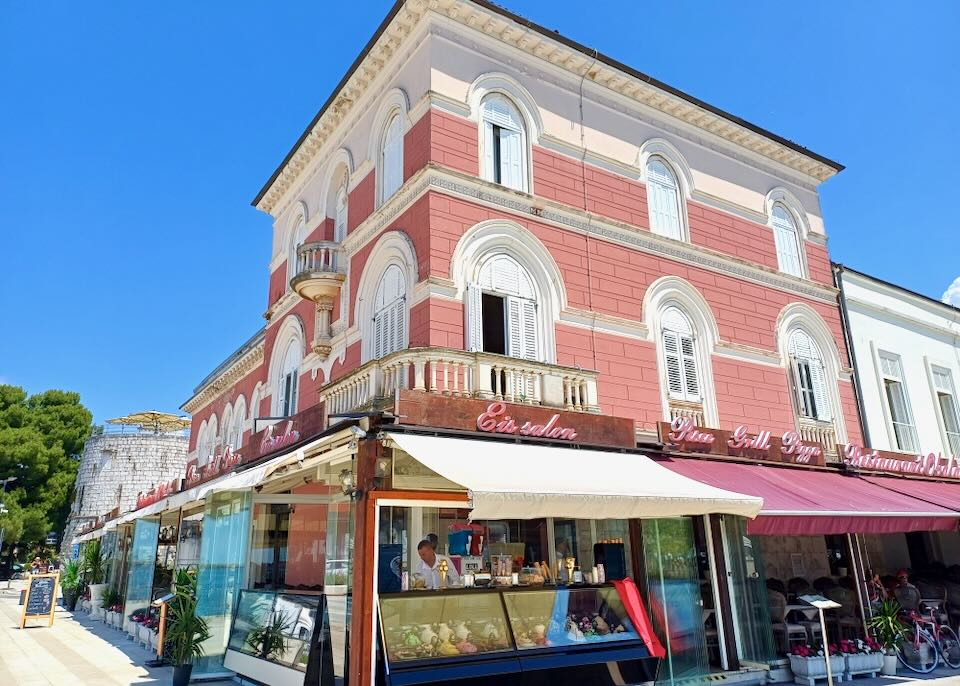
The Hotel Dua Residence has several eateries below it and faces the water.
- Best Luxury Hotels in Poreč
Martis Forum Heritage • BO • Dua Residence- Best Privately-run Rooms & Apartments
Apartments Urban • Cardo Apartments- Best Boutique Hotels
Martis Forum Heritage • Valamar Riviera • Melissa • Mauro- Best Moderate Hotels
Flores • Hotel Poreč- Best Hotels for Families
Villa Karda Residence • Hotel Poreč • FloresNovigrad
The fishing boats in the Novigrad marina.
Novigrad is our favorite place in Istria. Boats (some offering trips) and fishing trawlers cram the majestic marina, so the seafood is fresh and reasonably priced. Attractively painted buildings fronted by inviting restaurants line the harbor. There isn’t much old in Old Town, but it’s so likable, and locals take enormous pride in their town. Tour buses and cruise ships give Novigrad a miss, so the streets are uncrowded, and prices are among the lowest anywhere along the Croatian coast. And a definite attraction for some is the ease of parking, even in the Old Town area.
Most boutique hotels are in or around the Old Town, while resorts are just a 10-minute walk from the town center. Operated by the Aminess company, these resorts provide fabulous family facilities, like huge pools, tennis courts, playgrounds, shaded lawns, water sports, and beach bars. However, the beach is pebbly. Novigrad is also the finest place in the region for first-time visitors and those seeking a romantic holiday. The Italian name Cittanova, meaning “New Town,” is commonly given to Novigrad.
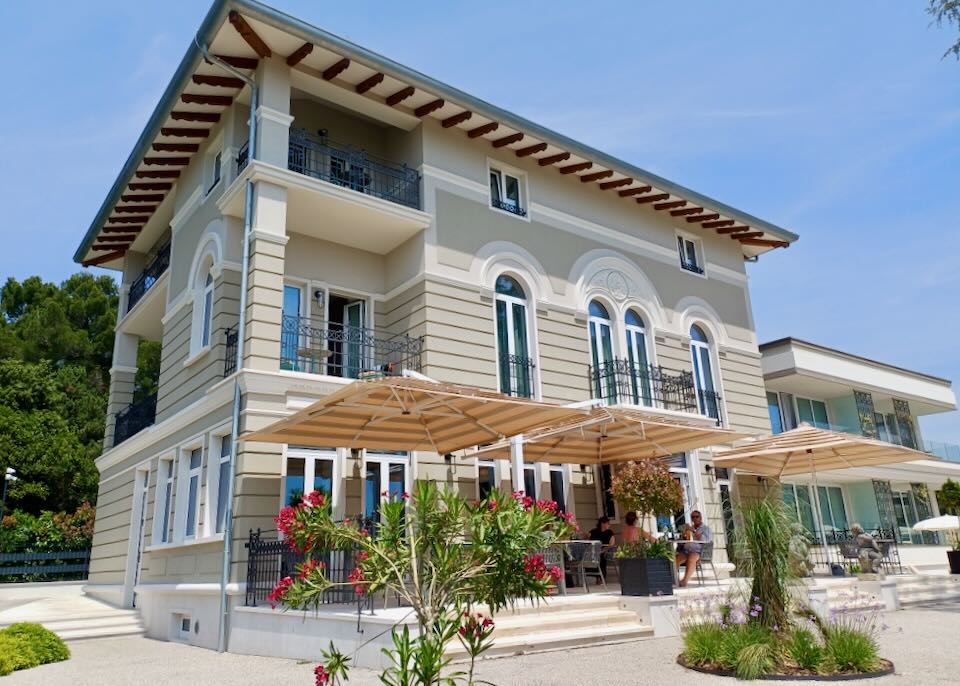
The Palazzo Rainis Hotel.
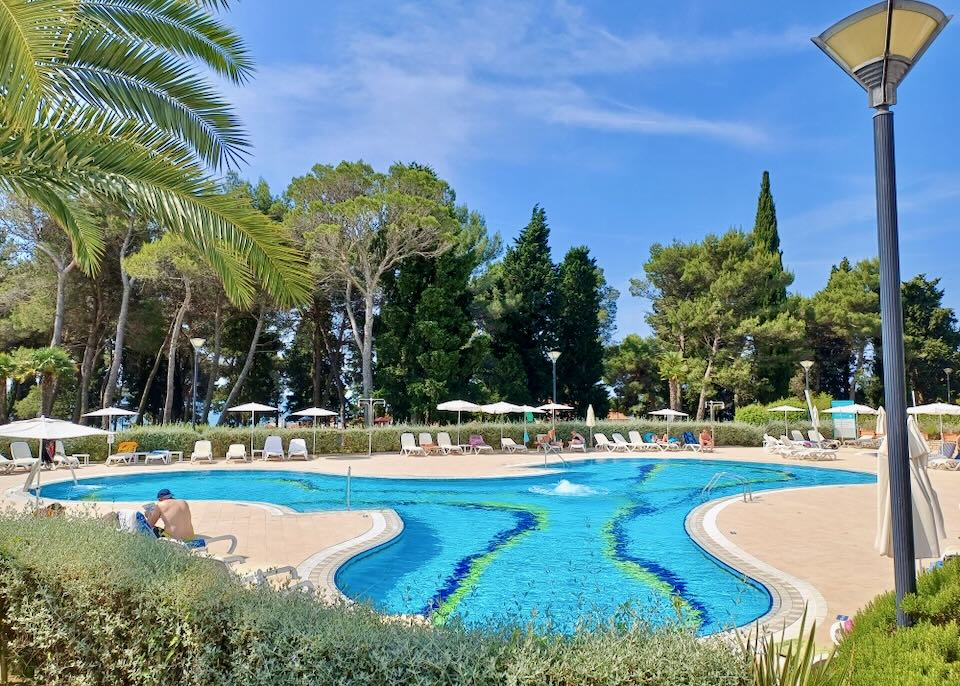
The pool at Aminess Laguna Hotel.
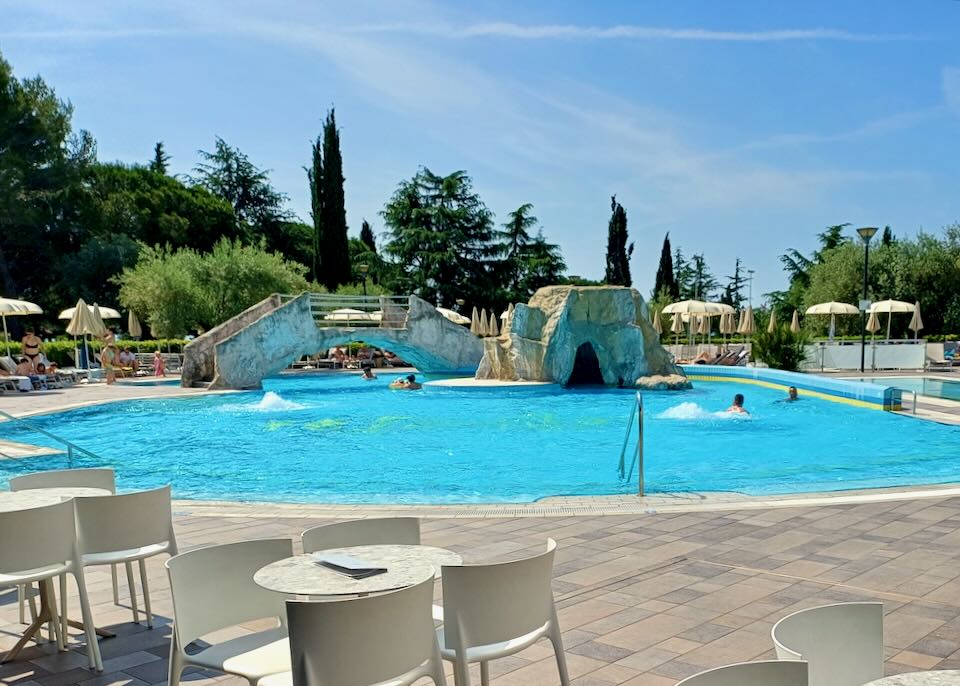
This is the freshwater pool for children at Aminess Maestral Hotel, our favorite hotel for families. There is also a freshwater pool for adults and an indoor pool.
- Best Luxury Hotels in Novigrad
Cittar • Blu Mare • Palazzo Rainis • Aminess Maestral • Nautica • Aminess Laguna- Best Privately-run Rooms & Apartments
Apartments Tereza • Skipper Suites • Apartments Tajana- Best Boutique Hotels
Palazzo Rainis • Santa Maria • Cittar • Rivalmare- Best Moderate Hotels
Villa Cittar • Guest House Torci 18 • Santa Maria • Pension Emaus • Makin- Best Hotels for Families
Aminess Maestral • Aminess LagunaUmag
We enjoyed wandering around the streets in Old Town.
Closest to the Slovenian border and Trieste airport (in Italy), Umag is quiet, affordable, and distant from crowds. This is because most visitors stay at one of many resorts in Punta (or beyond) 30-40 minutes’ walk north (and connected by tourist shuttle trains).
The sandy Public beach.
These resorts operated by the Plava Laguna company are massive and provide everything needed for a mid-priced family holiday, including water sports, bike rentals, and a beach with sand. These resorts and the privately run rooms and apartments in the town center are ideal for those traveling on a budget. So, if traveling across the region by bus, you may end up in Umag for a night; otherwise, maybe head straight to our favorite place nearby: Novigrad.
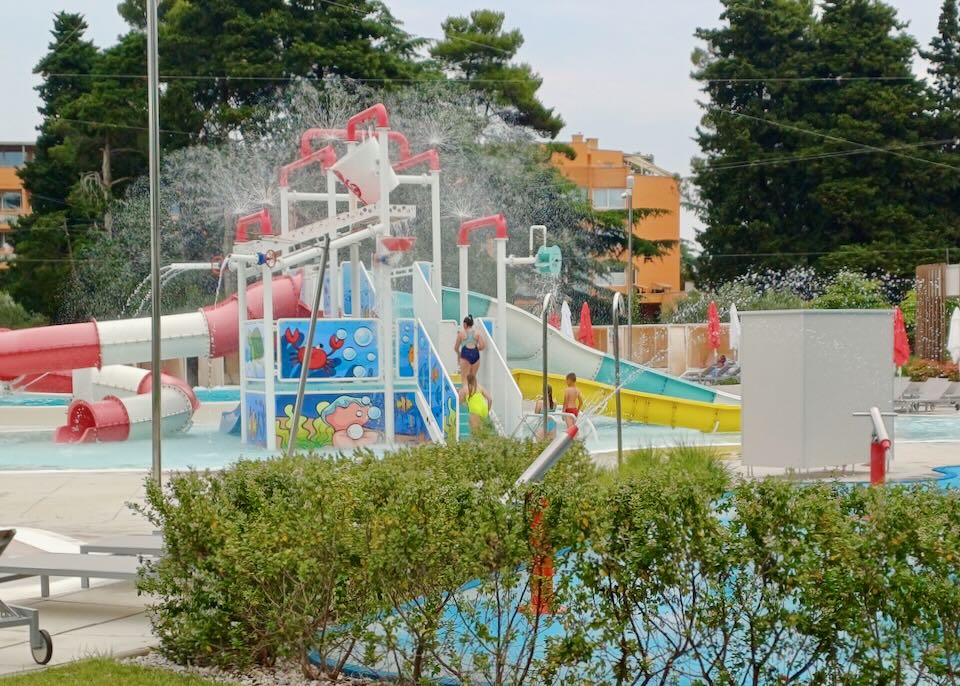
Water park fun around the Plava Laguna resorts complex.
- Best Luxury Hotels in Umag
Rocca Riviera • Hotel Sipar • Garden Suites • Hotel Umag • Garden Palace- Best Privately-run Rooms & Apartments
Apartments Villa Rossi • Apartments Maris • Iris Studios • Apartments Punta by Sea- Best Boutique Hotels
Rocca Riviera • San Valentino Palace- Best Moderate Hotel
La Rossa- Best Hotels for Families
Hotel Umag • Garden Suites • Hotel Sipar • Garden PalaceIstria Travel Tips
- Buses become progressively less frequent further north of Pula. Buying tickets online with Arriva, the main company, is far cheaper than buying them at the ticket counter or onboard the bus. Return tickets are a remarkably good value.
- Italian is widely spoken from when parts of Istria were in Italy, while most tourist workers use German because so many visitors come from that country. So, English is often relegated to fourth in preferred and understood languages in Istria.
- The regional airport in Pula has only a few domestic flights daily and special tourist-season international connections. It may be easier, quicker, and cheaper in the long run to fly to/from Trieste (Italy) and catch a bus to places like Novigrad, Umag, or even Pula.
- Istria is the place to try seafood. A large fish meal with all the trimmings in a classy restaurant at Novigrad, for example, costs the same as a simple burger at Split or Hvar Island.
Our Favorite Hotels in Istria
5-Star Hotel: Grand Brioni
One of the few international-brand hotels in the area, it’s spacious, stylish, and wonderfully designed, with a spectacular setting and gorgeous pool.4-Star: Cittar
With an older wing hidden behind an old stone wall, and newer rooms attached, the location, service, and facilities are definitely worth a splurge.Boutique: Adriatic
Faultless position facing a stunning and traffic-free marina, it oozes charm, history, and elegance, and the facilities are top-notch.New: Martis Forum Heritage
Perfectly positioned in the quiet, spacious, and fascinating Old Town, the rooms are individually designed, and a classy bistro is attached.Cheap: Villa Cittar
Fabulous location in a quiet but convenient part of town, the design and décor may seem a little outdated.For Families: Aminess Maestral
There’s so much space around the hotel, pool, gardens, beaches, and outstanding facilities for the whole family. Yet still so convenient, too.Couples: Rivalmare
So bright, airy, and new, it boasts a wonderful beachside setting, ocean views, and excellent service. Some rooms have a Jacuzzi on the balcony.Views: Grand Park
Unparalleled views of the marina and, arguably, the most impressive Old Town along the Adriatic Coast. The (public) bistro has excellent views too.Beach: Monte Mulini
So spacious and luxurious, with an adults-only vibe, there are stylish pools and vast lawns dotted with lounge chairs – all overlooking a scenic beach.Pool: Lone
Superbly designed within quiet, spacious, and pine-clustered lawns, the three pools are inviting and offer plenty of shade and lounge chairs.Near Airport: Amfiteater
The only regional airport is just 6km from the center of Pula, so all hotels are convenient. This charming hotel is just meters from Pula’s main attraction: the historic Arena Amphitheater.
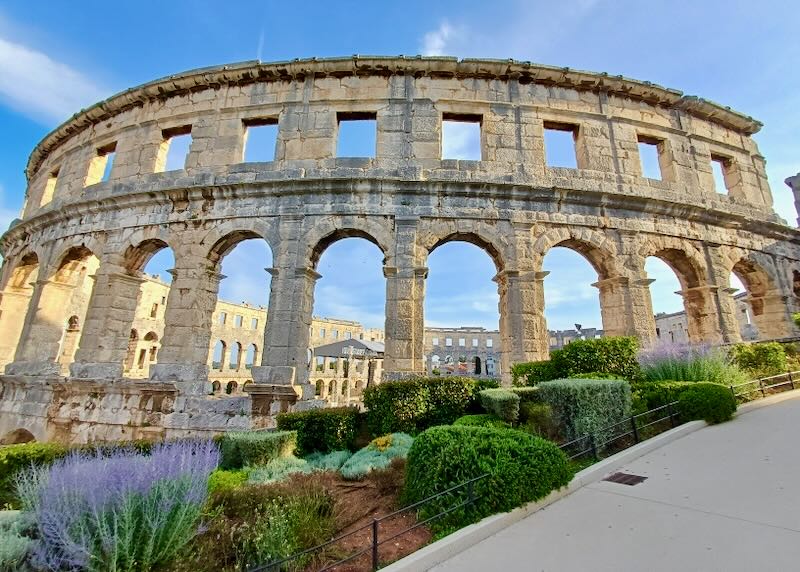
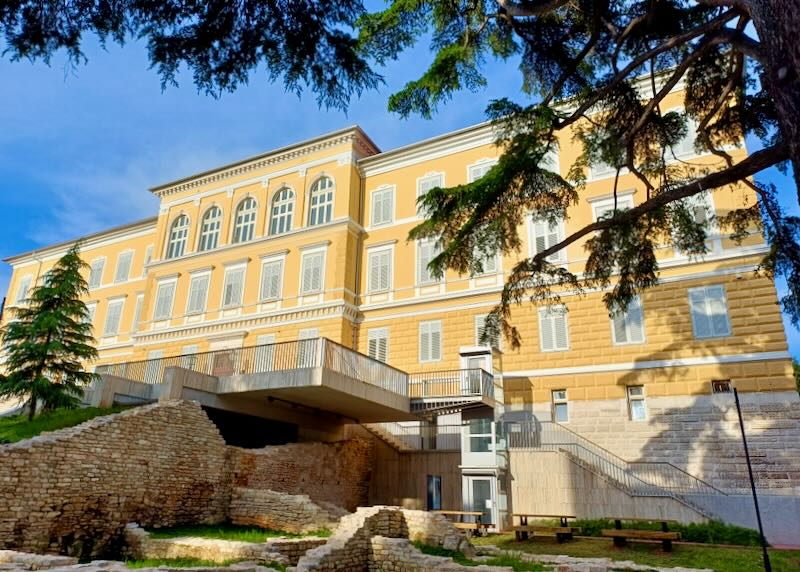
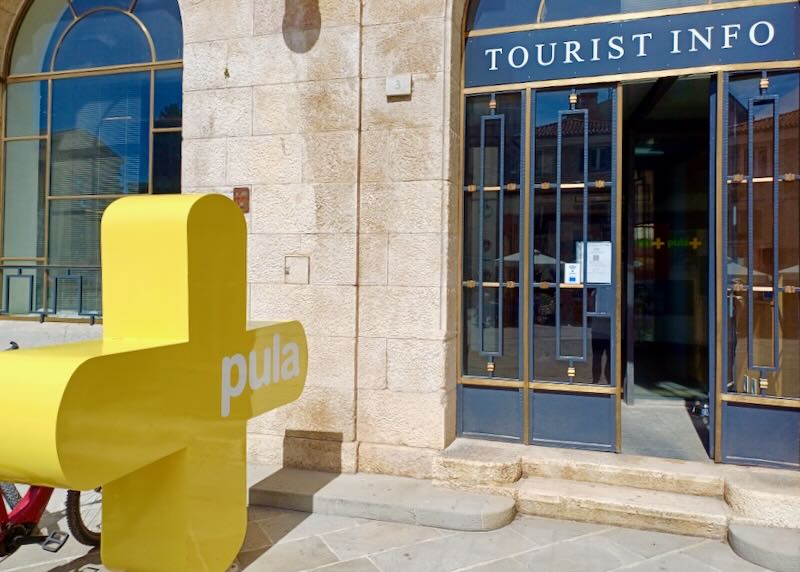
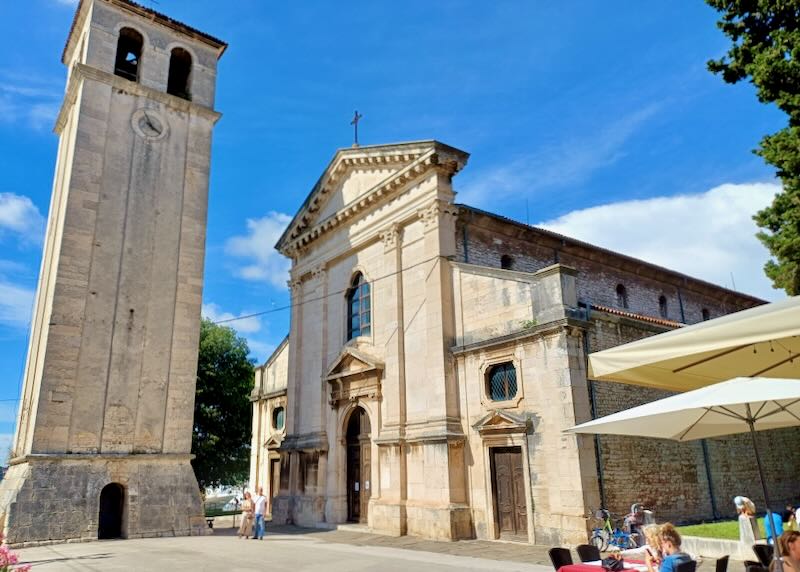
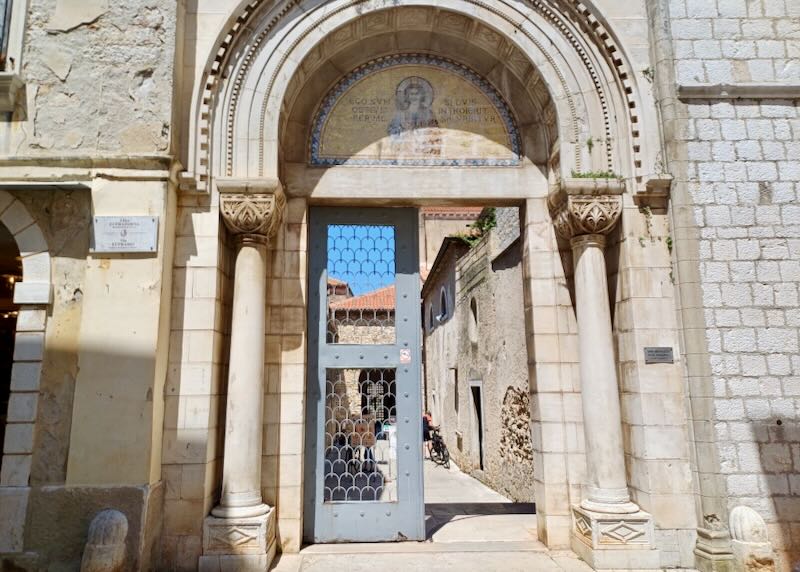
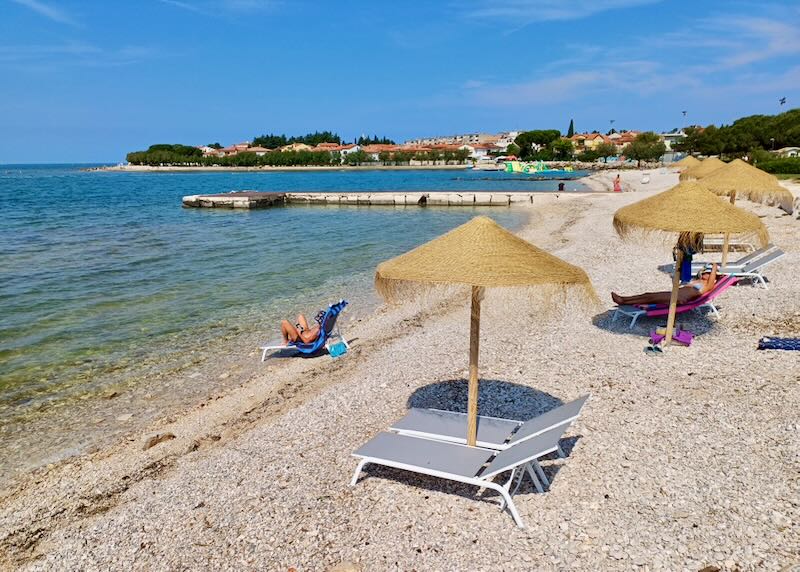
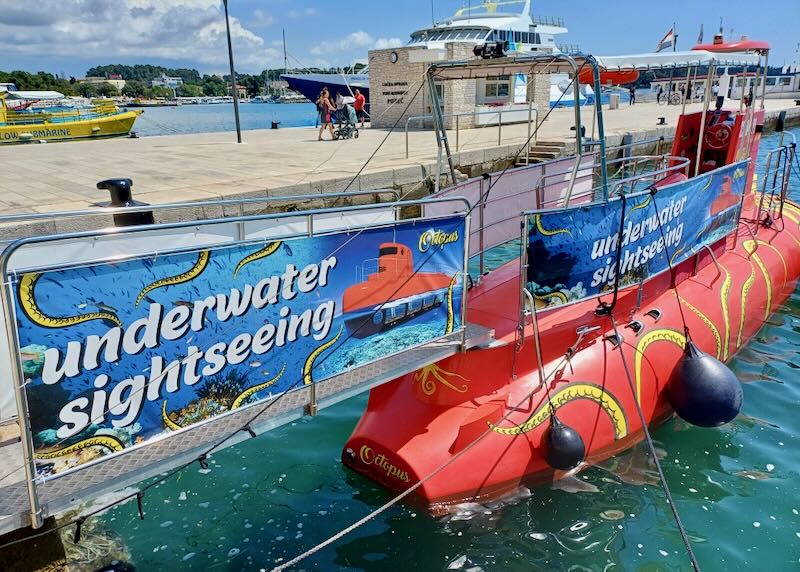
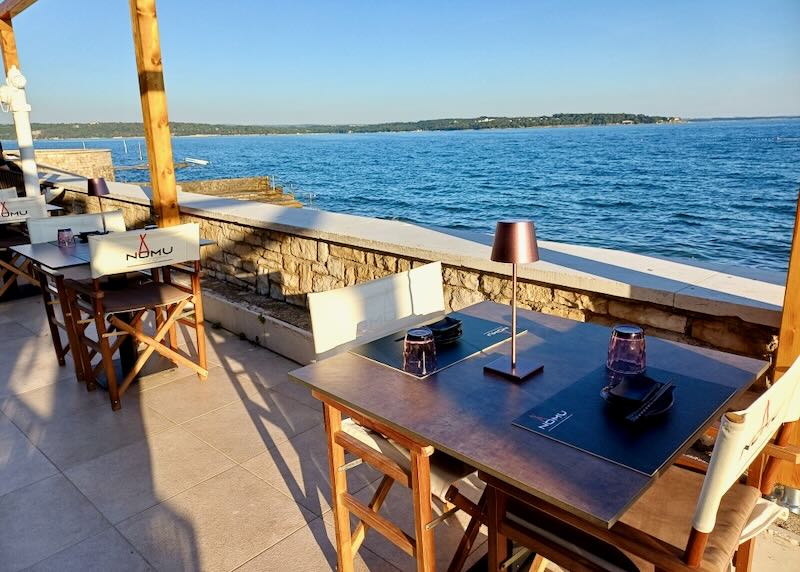
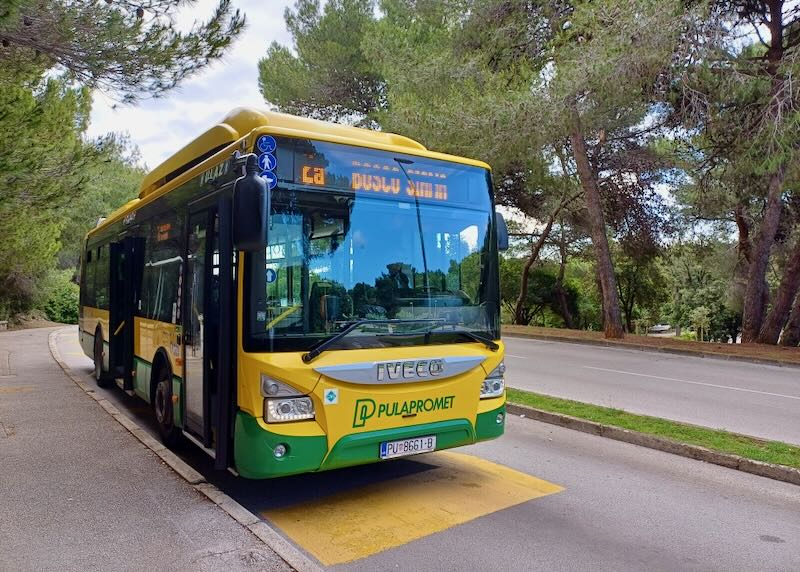
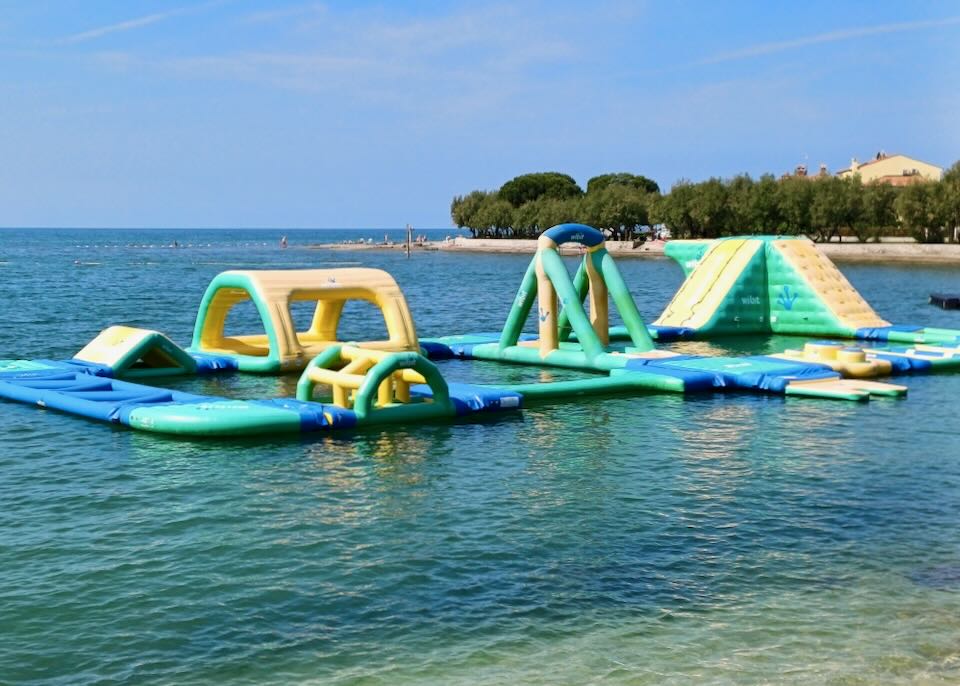
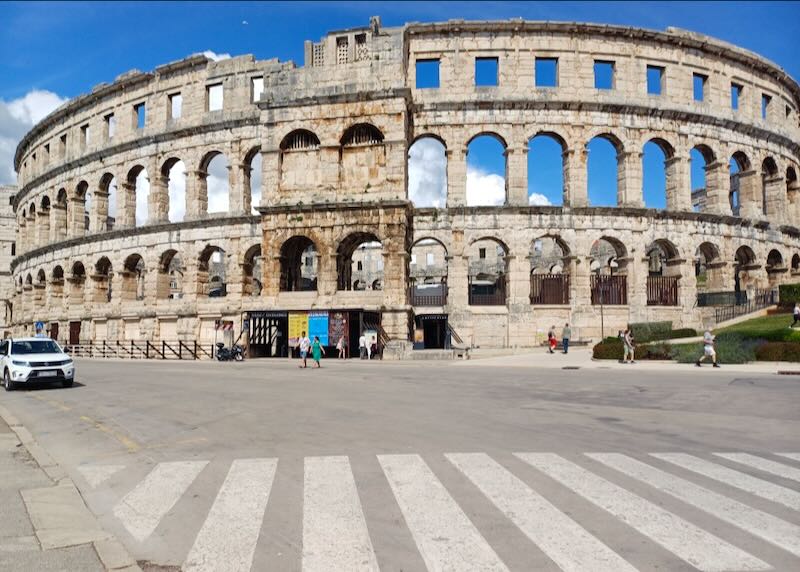
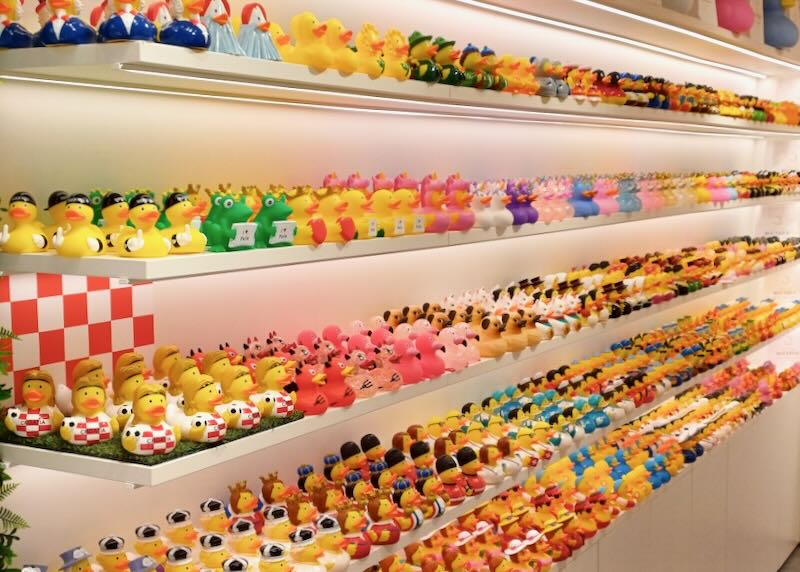
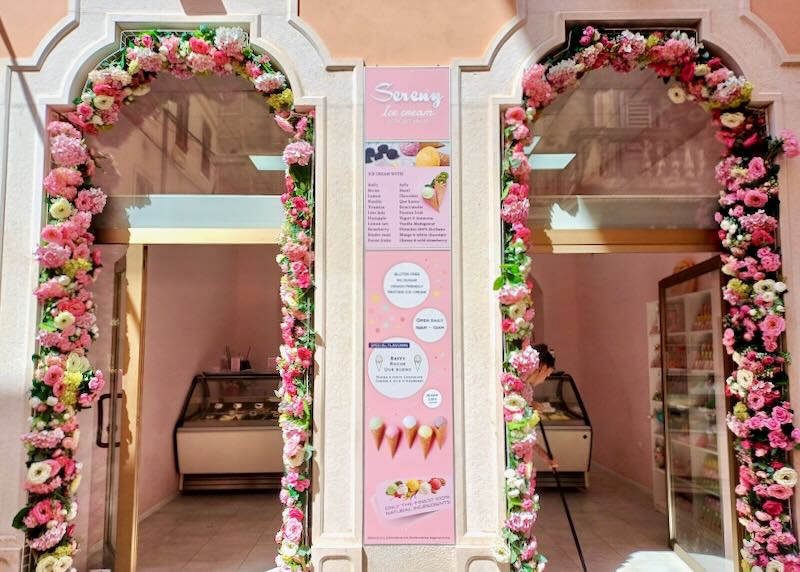
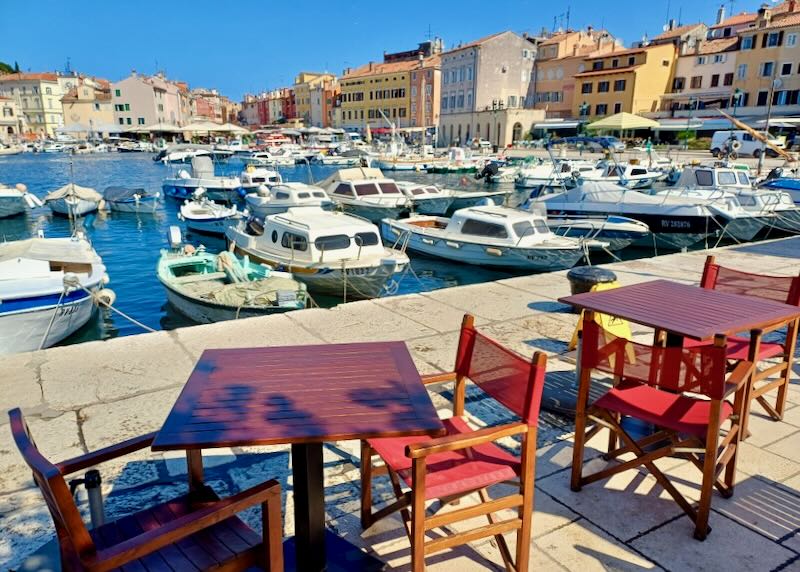
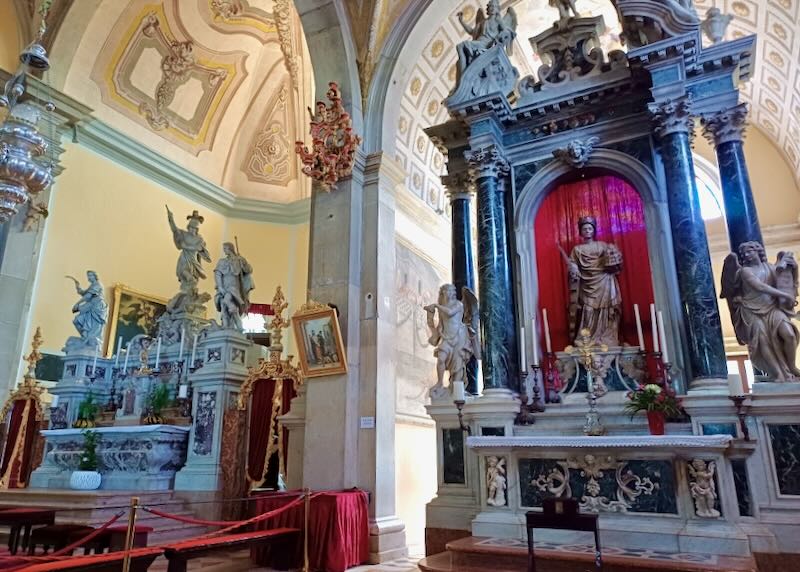
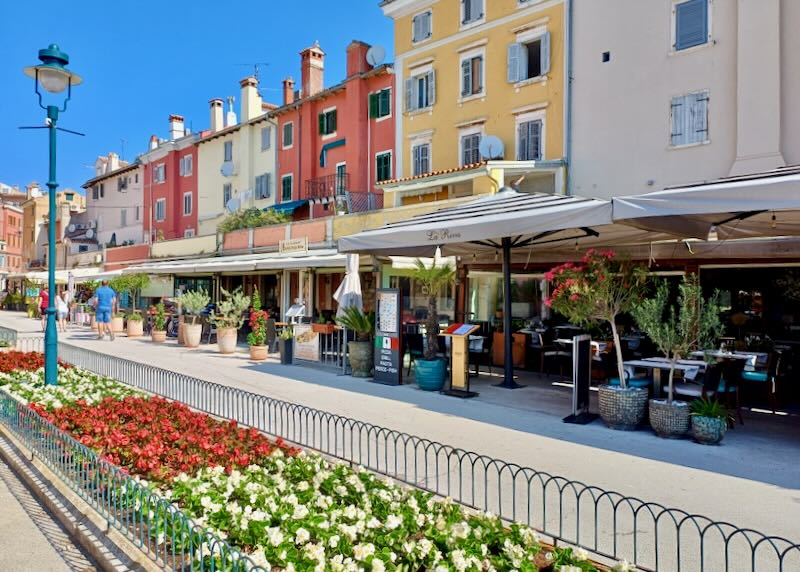
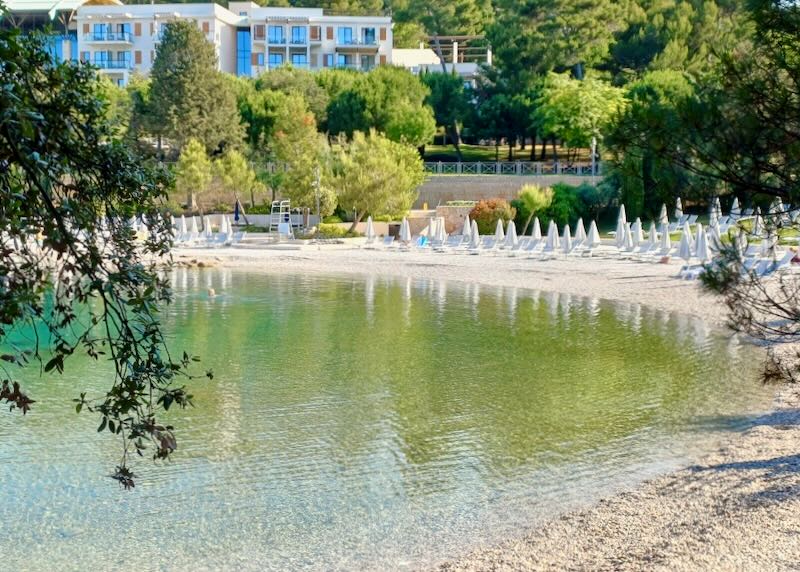
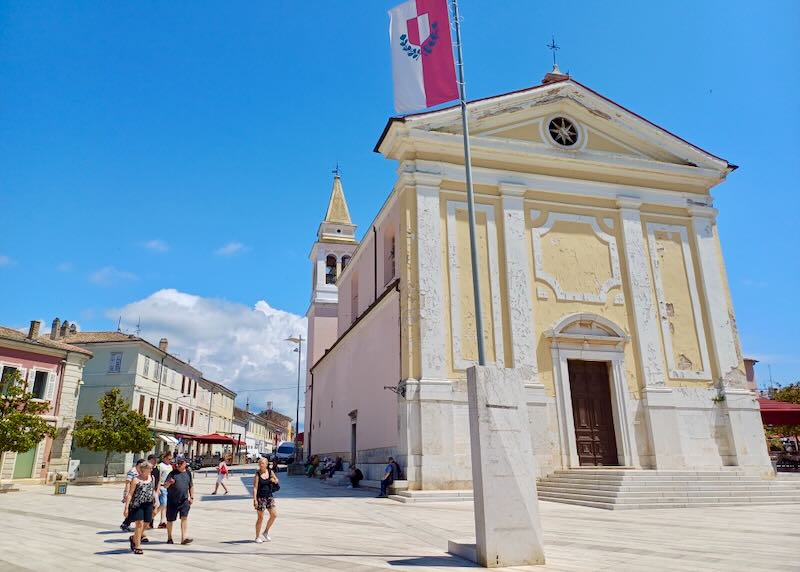
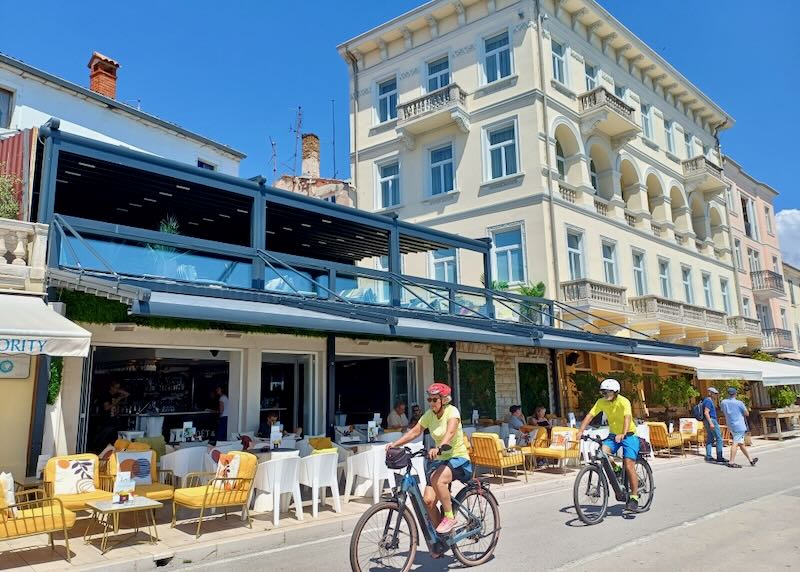
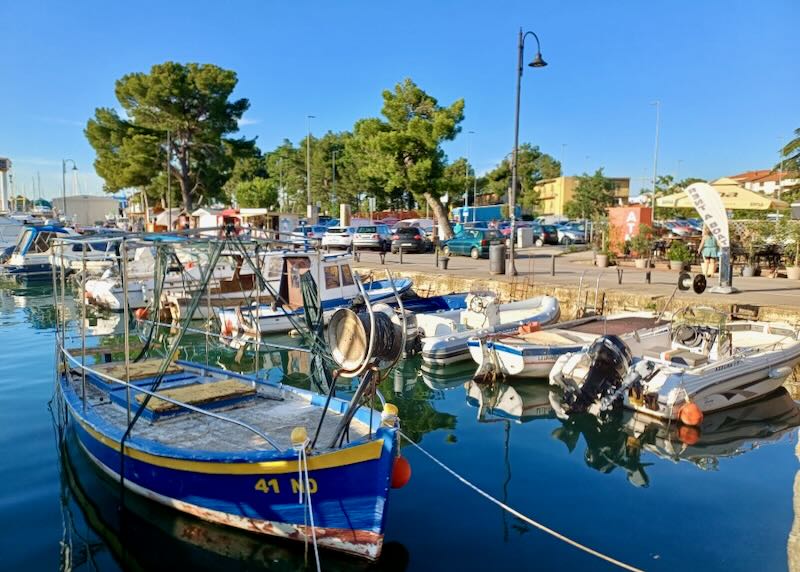
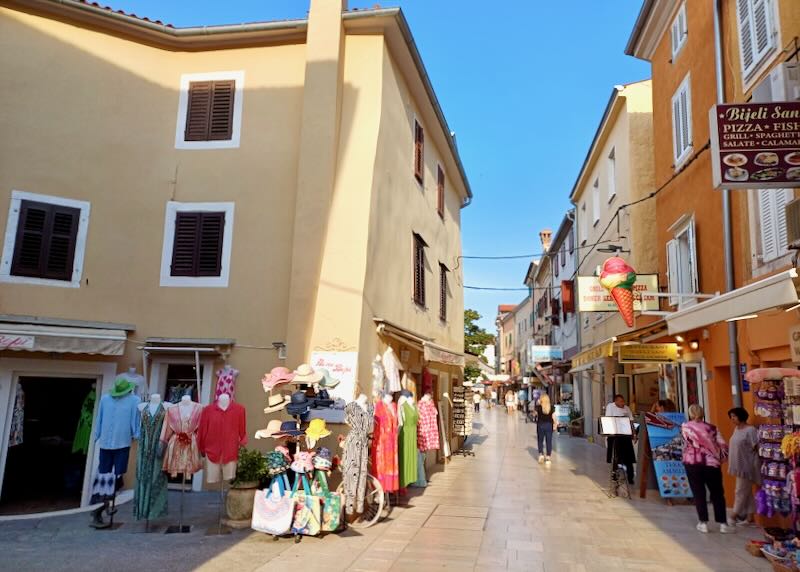
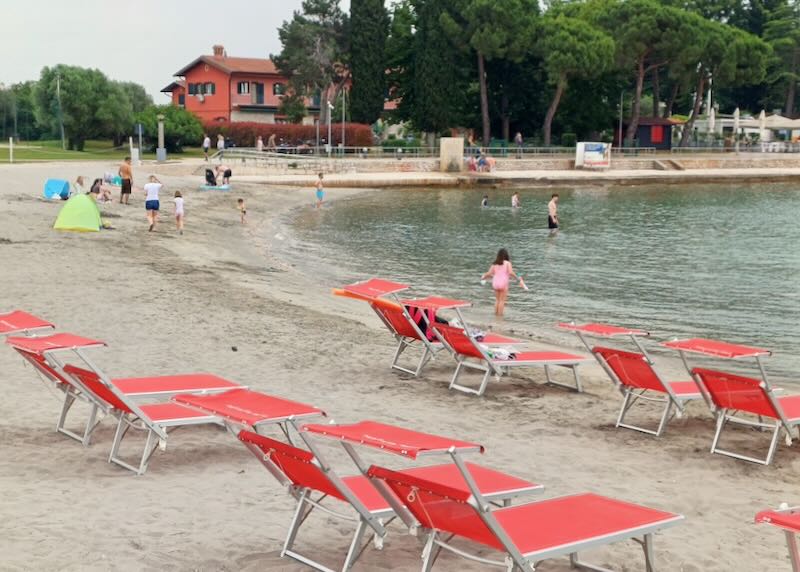
About Santorini Dave